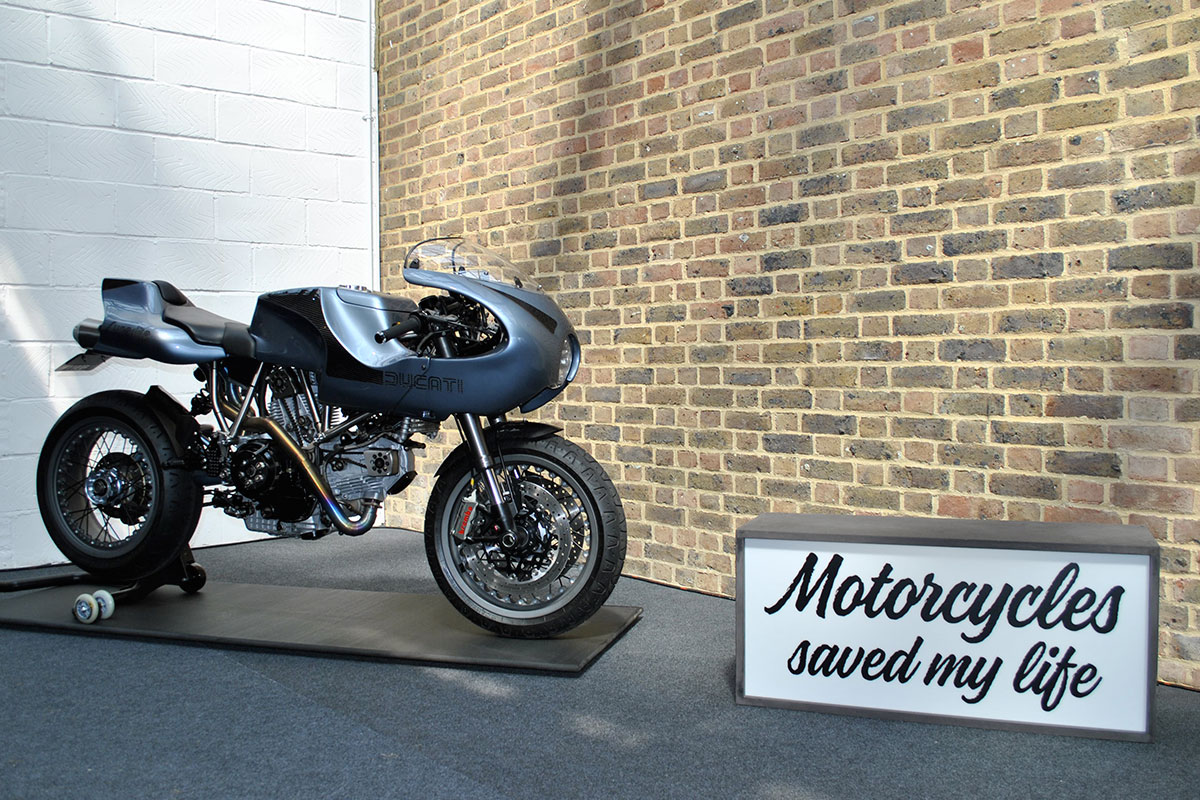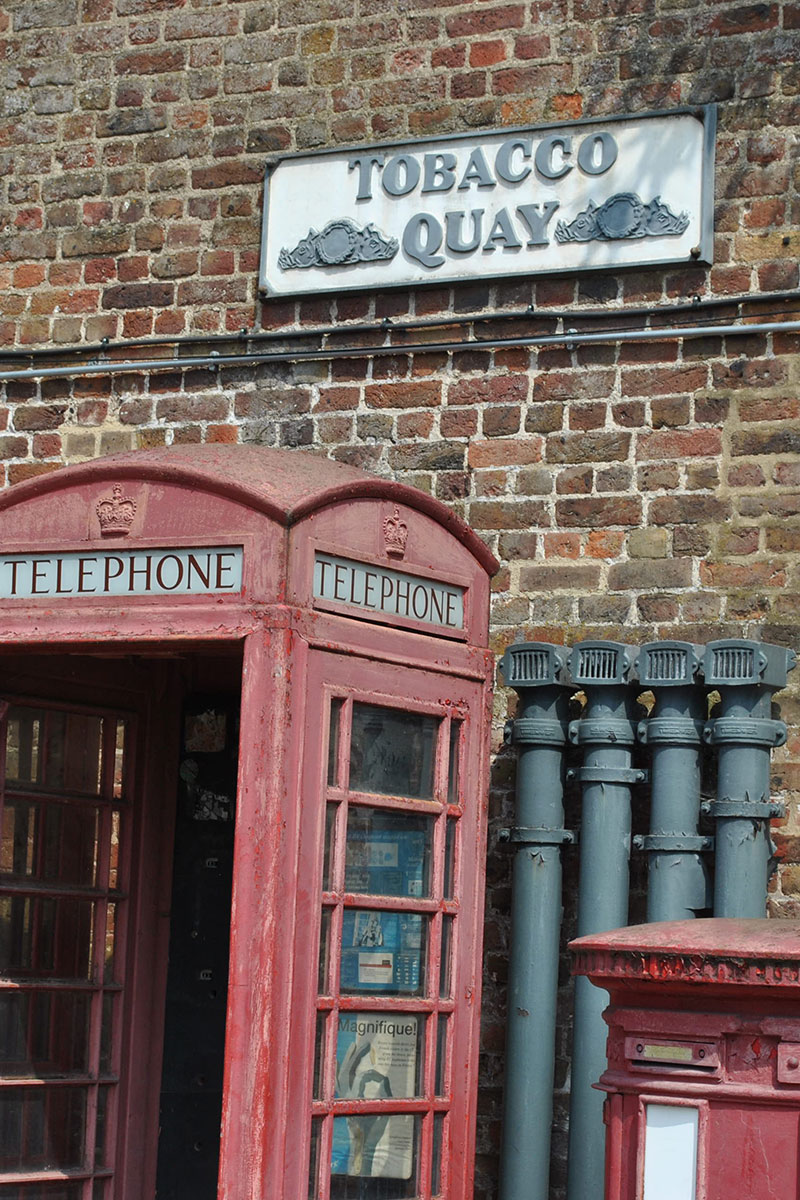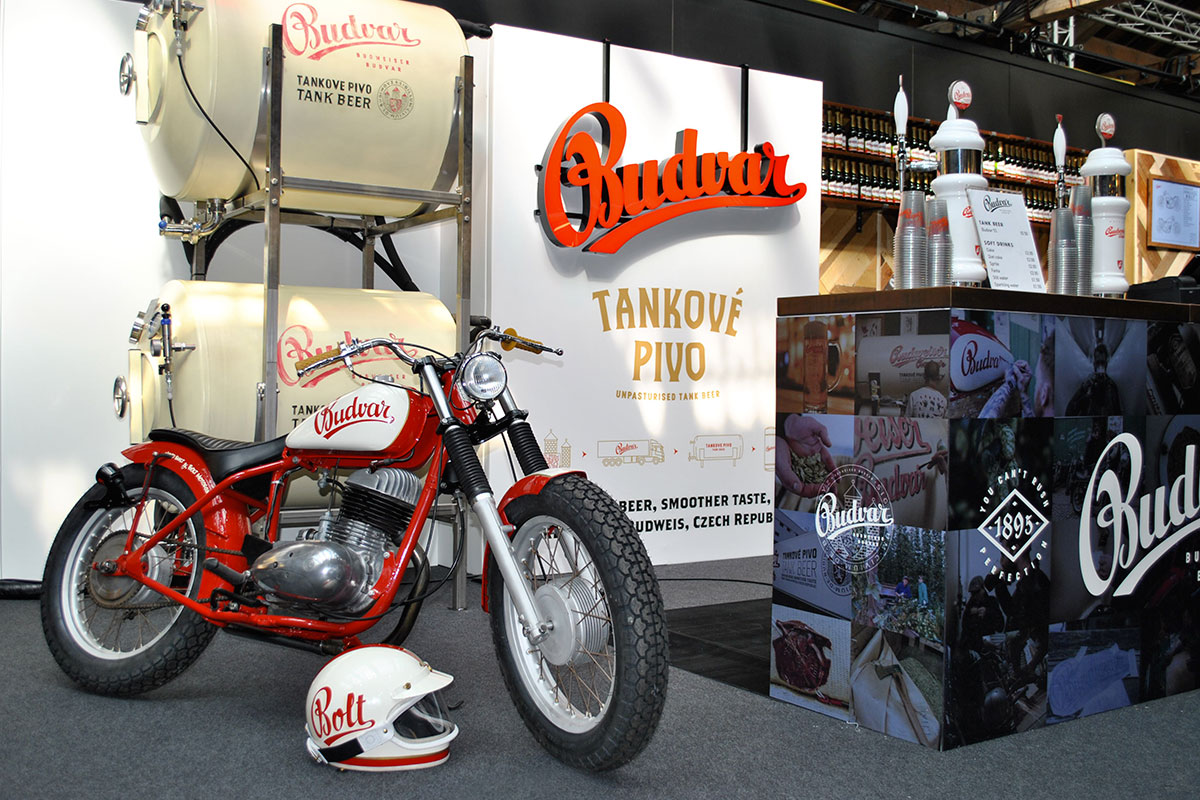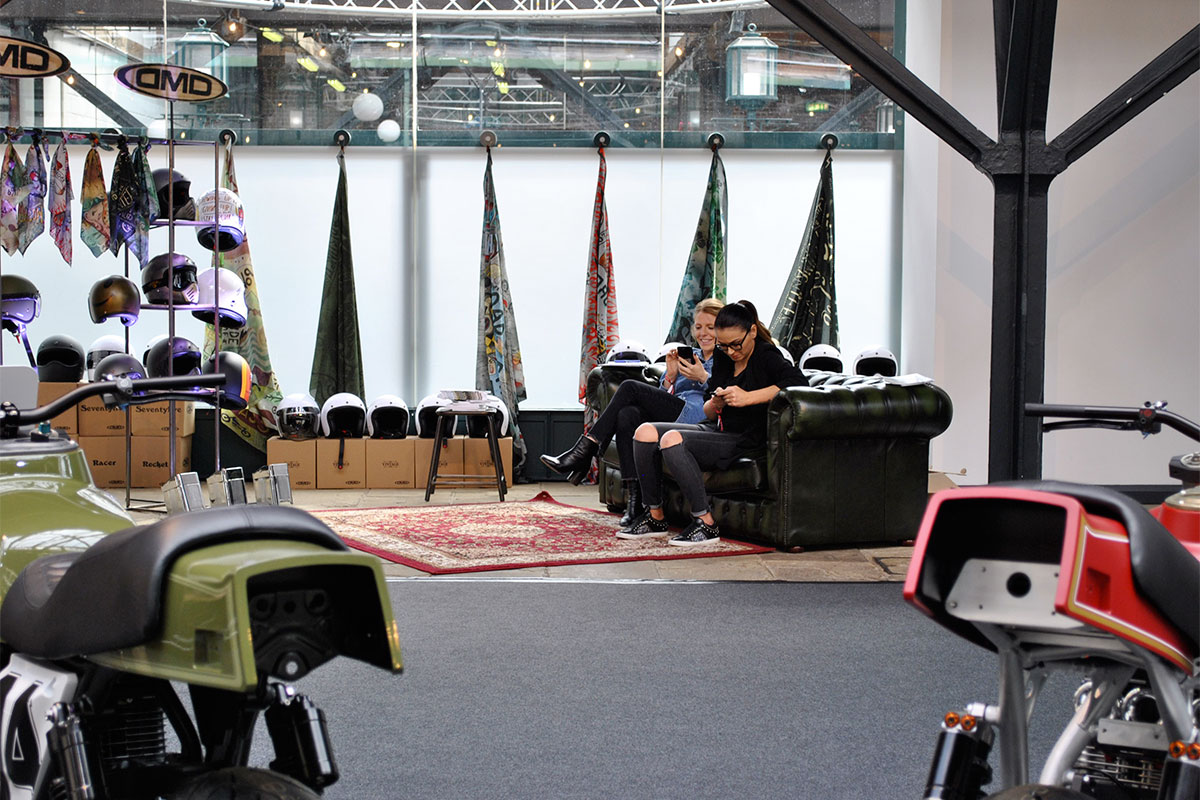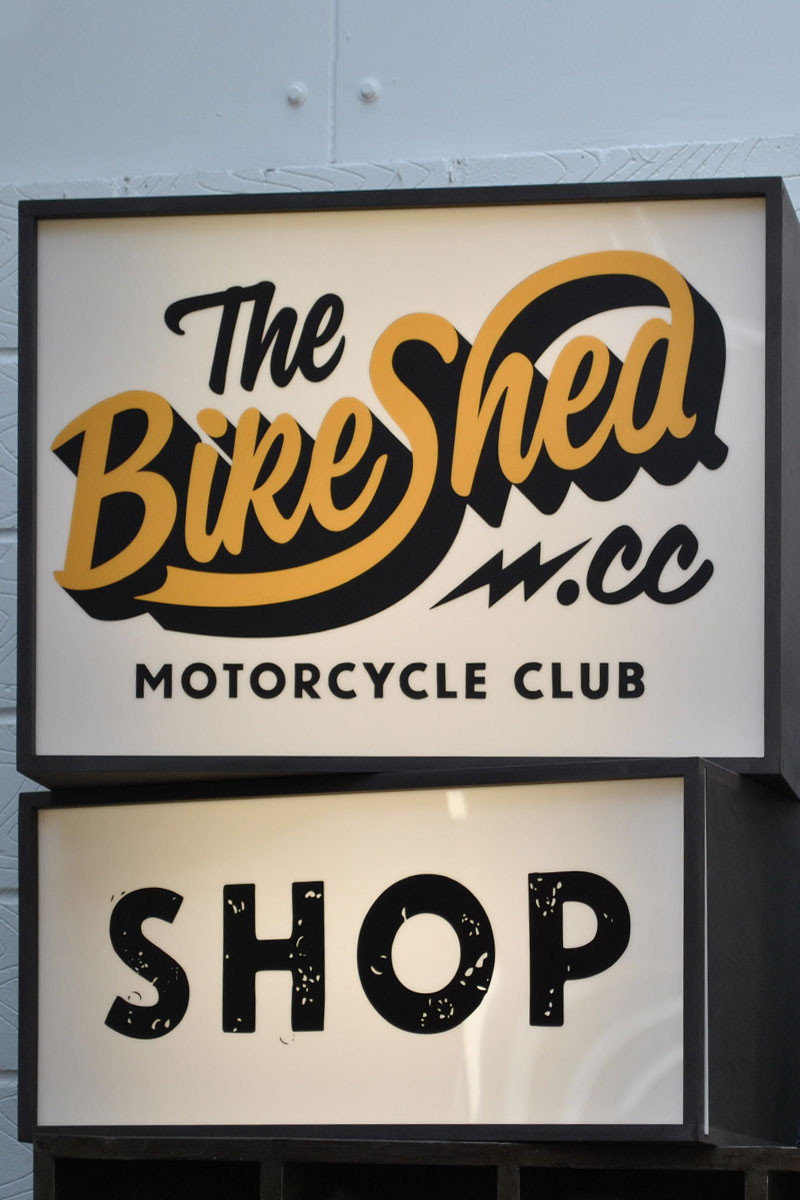Bike Shed London 2018
A show made up of 239 customs carefully selected by the best customizers in the UK and Europe.
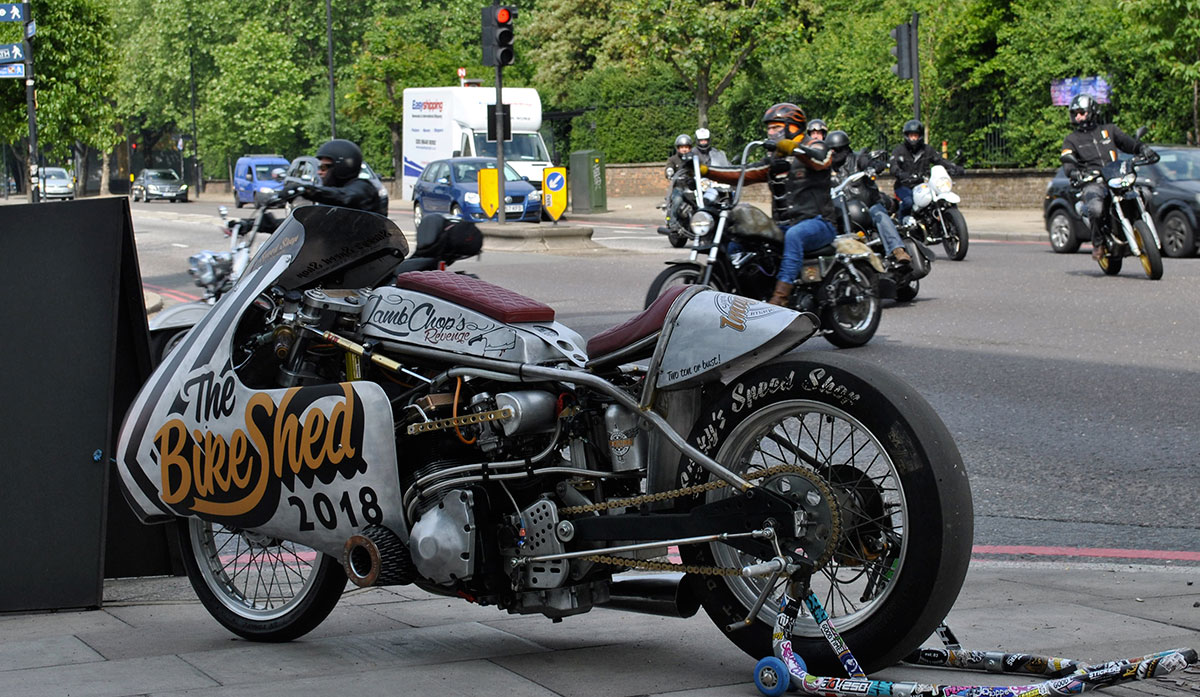
There were 239 customs at the Bike Shed London Show 2018 edition, not as many as the irons exhibited at the MBE in Verona. To entertain visitors there were not any outdoor show such as stunt or flat track, and not even all the hotties that every year supports the motorbike at EICMA in Milan. So then what makes this event unique?

Let's start from the charm of the location, the Tobacco Dock, a two hundred year old building, used in the past as a warehouse for imported tobacco. Let's move then to the bikes exhibited, carefully selected by the best customizers from the UK and Europe, to the strict rules dictated to the exhibitors. So the bikes were positioned as if it were an art gallery, without ropes or barriers to protect them nor unpleasant flyers to cover them. Let's conclude with the inevitable barber shops, tattoo artists and high quality street food, all tested by the Bike Shed team, everything accompanied by rock groups that took turns during the days of the event. Let's not forget to mention the lounges where you could relax, and the wardrobe designed for those who arrived at the show by motorcycles, which allowed you to go around safely with two beers in your hand!

In its ninth edition, Bike Shed London was organized by the namesake club The Bike Shed, located in the Shoreditch district, central London, a trendy venue, a destination of bikers and enthusiasts, or simply for those who want to eat a burger in a cool place. This year the event saw the official presence of well-known Italian brands, such as Dainese and Ducati Scrambler, but also Indian, Triumph, Yamaha and BMW; as well as specialized workshops such as Roland Sands, Auto Fabrica, Death Machines of London, UMC, X-Axis, deBolex, Down & Out.

As soon as you set foot in the Tobacco Dock you found yourself surrounded by exclusivity, design, creativity, and hospitality, but above all by many beautiful people; from well-known professionals, such as Winston Yeh (Rough Crafts) who visited the event, to private customizers, such as the Englishman Rob Palmer, present with his British bobber, a '78 Triumph Daytona 500 reduced to the bones, almost a bicycle. Rob talks about his bike, with one hand on the throttle grip and the other busy holding a beer.


1978 Triumph Daytona 500 bobber by Rob Palmer
“My workshop setup is really basic. I'm self taught and I don't have a fabrication or engineering background so everything is done with low budget hand tools. I hand polished the frame myself to get it ready for chrome, using an angle grinder. It took weeks to get to that mirror finish but the result was worth it. I built the bike so no particular part is stealing the show, I instead tried to make the whole piece work in unison, so nothing felt out of place. Most of the wiring has been run through the frame, to keep everything clean and tidy and the electrical box is hidden underneath the engine. It's a battery-less bike as well, instead I used a Boyer power and ignition box setup. There's no key either, just a hidden kill switch under the gas tank.”
The peculiarity of this bobber is the headlight. It is a 1950's bicycle headlight updated with high power LED light retro fitted into it. A totally British bobber, derived from an English base, made by an Englishman, in full English style.

1978 Triumph Daytona 500 bobber by Rob Palmer
It is really difficult to choose which motorcycles to talk about among the almost 240 present. In addition to Rob's bobber, "The Caliber" could not go unnoticed. It is a 1948 Harley-Davidson Panhead based dragbike, built by the German Michael Middeldorff (Motonaut). It is a homage to the pioneers of drag racing, who began to challenge each other after the Second World War. Let's imagine for a moment that the pilot of a P51 Mustang built his motorcycle as close as possible to his old airplane, here is The Caliber.

1948 Harley-Davidson Panhead drag bike by Motonaut
The fairing is really the old spinner of a propeller, the painting is made from aluminum leaf. The task of pushing this beauty is assigned to the 2015 S&S P-Series engine, properly “vitaminized”. It is equipped with four spark plugs and a Super E carburettor with an elegant die-cast aluminum cover. The bike was designed to compete in vintage-style drag races, therefore it is equipped with a Pingel pneumatic gearbox, whose cylinder is fixed in the upper part of the fork.


1948 Harley-Davidson Panhead drag bike by Motonaut
As with Rob's Triumph, the starter motor is almost invisible, thanks to an intelligent sprocket system. To make this H-D even more sexy, he installed the Racemaster Slick tire, mounted on the 18" rear one and the Avon Speedmaster on the 19" front one, accompanied by drum brakes. The Caliber is a magnificent example of a Yankee drag bike in perfect vintage style.

1948 Harley-Davidson Panhead drag bike by Motonaut
Among the Italian professionals was Nico Dragoni (ND Motociclette), who with his girlfriend and business partner Giada Rigolli, recently moved his workshop from Milan to a quiet location at the foot of the Piacenza hills. Let's move on to the café racers, which were born in London in the 60s. The 2003 Moto Guzzi V11 Sport, created by Nico for Michele Rubin, one of the creators of the web magazine AMotoMio, who wanted a motorcycle of substance, with a runner soul, but without renouncing a refined aesthetic, blending the vintage style with the modern and performance one.


2003 Moto Guzzi V11 Sport café racer by Nico Dragoni Motociclette
Hence the LED headlights, current accessories and light materials such as fiberglass, ergal and aluminum. The retro touch is given by handmade polishing, but above all by the design: tank, single-seat and windshield. The rear frame was built from scratch, in order to make the bike completely reversible. “The result” Nico tells us “has met expectations: it is a bike that needs to be tamed, which requires strength and is not easy to handle, a decidedly non-intuitive guide, but which combined with the very generous torque of the Guzzi twin-cylinder engine is never boring”

2003 Moto Guzzi V11 Sport café racer by Nico Dragoni Motociclette
Another interesting café racer on display at Bike Shed is the one created by the Portuguese workshop Unik Edition, an '84 Honda Boldor, renamed “Pandora”. Tiago Gonçalves, owner of the workshop, spent most of the time showing the operation of lights and instrumentation, the pearl of this motorcycle. The rear light and the directional indicators are perfectly integrated in the tail of the wooden saddle, supported by the structure that replaces the sub-frame, as well as the front indicators, which are located inside the headlight. This has allowed to eliminate the protrusions that usually have arrows.
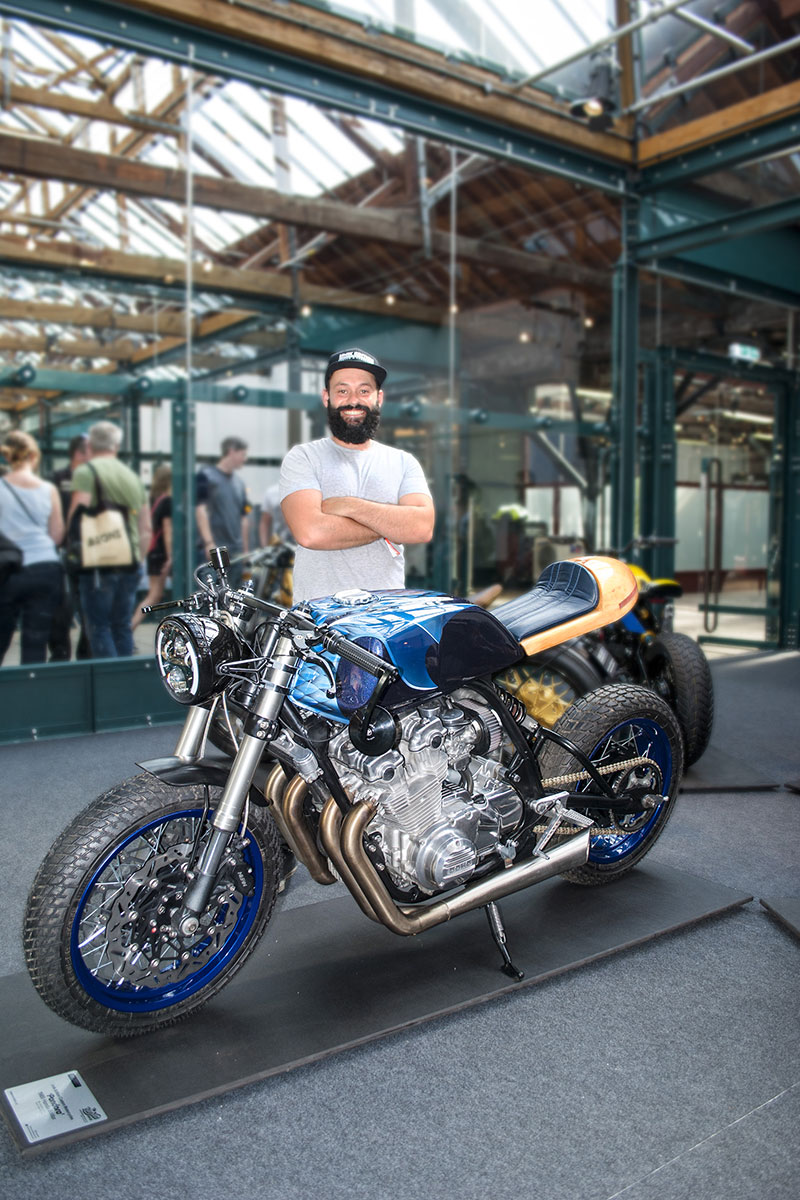

1984 Honda Boldor café racer by Unik Edition
The tank was completely rebuilt and repainted with “dragon wings”. The racing spirit of this customization emerges not only from the driving position but especially for the components: upside-down forks derived from a CBR 900, racing footrests, Showa shock absorbers, K&N conical filters, and the showy braking system. Tiago, always smiling, explains his philosophy: “Customizing is a form of art and Unik Edition does it in an exceptional way. Above all, we want to make part of the process of the transformation of dreams into reality, bringing to the client the feeling of achievement of something true to his image or something more. We love the possibility of transforming an ordinary piece into something unique, into a work of art, surpassing the imagination of our client.”

1984 Honda Boldor café racer by Unik Edition
Among the exhibitors were also the Sultans Of Sprint “sultans”, the colorful and rowdy circus that opened the season with the first race in Monza, during the The Reunion event; among these Toshiyuki Kozaka (Switch Stance Riding) arrived from Japan to undertake the four drag races at The Reunion - Monza, Bikers' Classic - SPA, Glemseck 101 - Leonberg and Dandy Riders Festival - Saint-Raphaël. Unfortunately, on the last day of the event, Toshi suffered the theft of the van, which contained expensive components, equipment, credit cards and cash. The story was immediately spread on social media, and the request for help allowed them to collect almost 3000, money that permitted the Switch Stance Riding team to resume the tour of Europe.

1981 Ducati 900 MHR special by Switch Stance Riding
Fortunately, at that moment his Ducati was safe at the time, inside the Tobacco Dock, the loss of it would have been irreparable damage! Because this is not an ordinary Ducati, here we are talking about a 1981 900 MHR Mike Hailwood Replica, whose modifications are aimed at recalling the 70s Bevel Café Racer, it would have been a real shame to lose it...
The bike has been renamed “Type Senna”, it's obviously named after the great Aryton, but also comes from the Ducati 916 Model Senna. Toshi explains “I have infinite admiration and respect for the Ducati brand, for this reason my workshop in Kumamoto is specialized in Italian motorcycles. I had my first contact with a Ducati when I was 20 years old, I immediately loved it and I never stopped.” So we wish Toshi good luck and to have fun around Europe!

1981 Ducati 900 MHR special by Switch Stance Riding
The British people have been great frame makers throughout history, so we are going to close this report with a fairing wizard: Laurent Amann, owner of Storik. However Laurent has French origins, where he studied and specialized in (R&D) Research and Development in Automotive Engineering. He has worked for various companies in France and the UK including car manufacturers and motorsport such as Endurance racing, Formula 1 and Motorcycle racing. In March 2013, he launched his own company STORIK with the aim to offer a high-quality design and engineering service.


Laurent Amann - Storik
During Bike Shed, Laurent gave demonstrations of how aluminum is worked and the opportunity to admire some of his creations, like Rafale, a special based on a 1975 Triumph Trident 750 engine squeezed in a highly-modified Triumph Oil In Frame chassis. Rafale has the number STO-001 and is the very first motorcycle entirely produced in our workshop. This motorcycle was originally built to showcase STORIK’s design, fabrication and engineering skills. This Triumph is truly a work of engineering design, and boasts numerous solutions aimed at improving its performance, as well as its charm. It translates a very bold design concept into an elegant, sophisticated, performant, agile and functional motorcycle.

1975 Triumph Trident 750 special by Storik
Therefore, at Bike Shed London there is something for all tastes, and quality is not lacking. We advise you to visit the next exhibition, which will surely be just as cool, if not more!
239 customs, with style.
